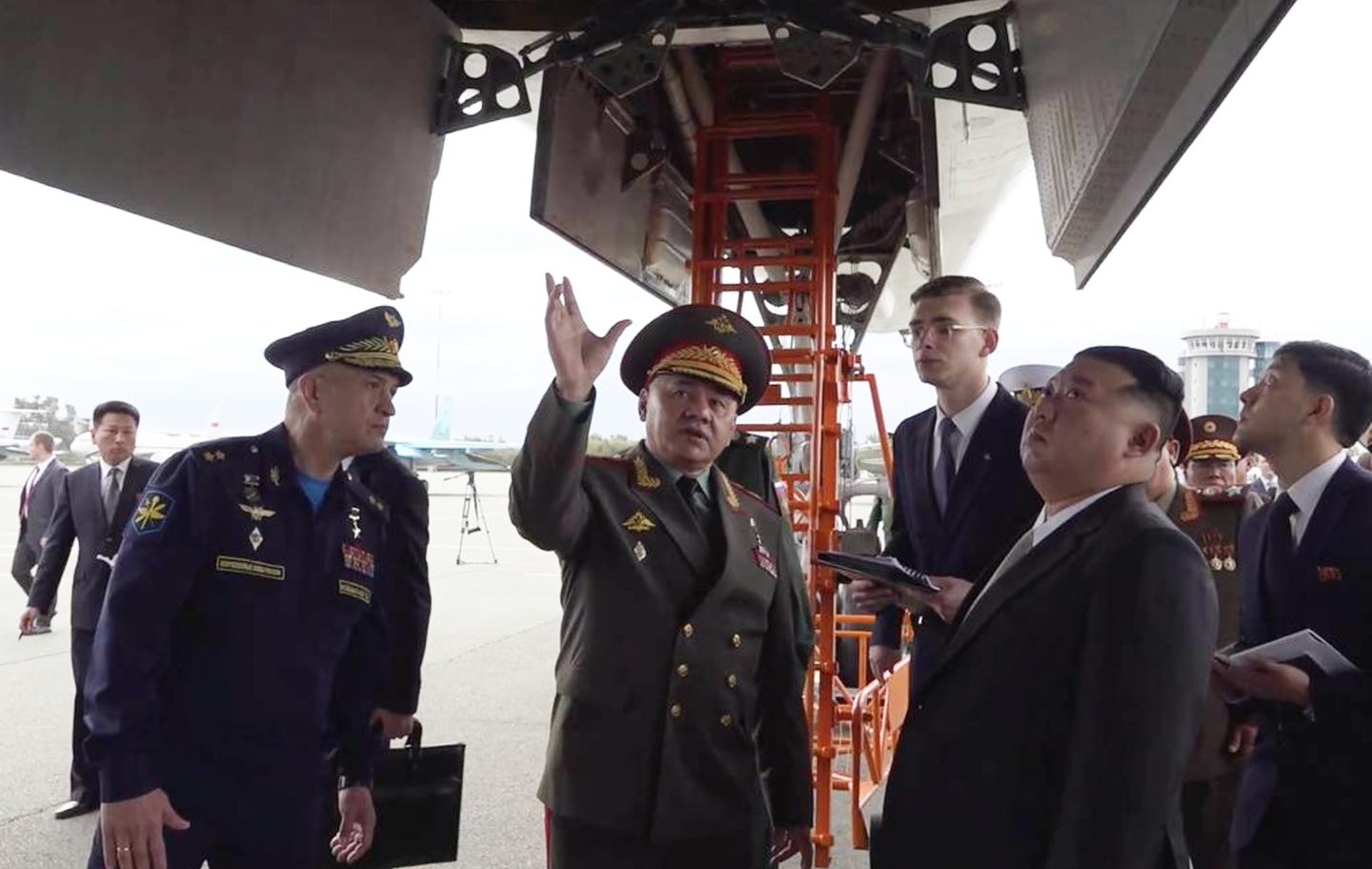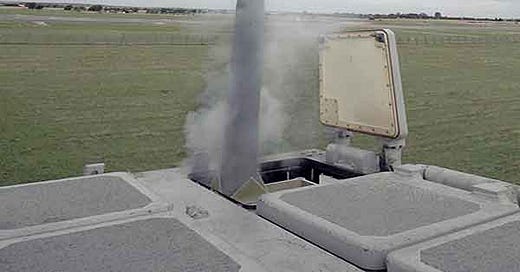

Discover more from Weapons and Strategy
For the first time in at least twenty years, the US plans to build and install four over the horizon (OTH) radar systems in the United States and Canada plans to acquire two additional systems for the Canadian northwest. The resulting six systems are aimed at providing an early warning capability to detect the launch and track of Russian and Chinese long range cruise missiles. The US does not yet have any clear plan on how to shoot them down. This is far different than Russia, which has faced US long range cruise missile threats since the late 1970s and has updated its OTH radars, the latest called Kontainer in 2013.
A cruise missile is a form of unmanned aerial vehicle (UAV) that is powered by a turbine jet engine. Cruise missiles can carry conventional warheads or small nuclear weapons. Cruise missiles can be used on the tactical battlefield or in long range versions for delivering nuclear weapons on high value targets. The Russians are using cruise missiles in the Ukraine war, and the Ukrainians are using Storm Shadow.
The US Tomahawk cruise missile was originally designed as a cheap alternative to manned bombers for penetration of Soviet Union defenses. The Tomahawk could fly to the target at very low altitude that created a problem for the Soviet defenders. Today, the nuclear warheads for Tomahawk are in storage, although the Russians have raised concerns that the nuclear warheads could surreptitiously be reintroduced and could be launched either from US bomber aircraft, from sea (surface ships and submarines) or from ground locations in Romania and Poland. AEGIS cruisers and destroyers and AEGIS Ashore in Romania use the Mk-41 launcher, capable of launching conventional and nuclear-tipped Tomahawks.
Detecting long range cruise missiles is a challenge, even when launched from aircraft. Over the horizon radar systems are a specialized radar technology that can "see" over long distances and detect threats even at low altitude.
In recent years old OTH radars in the United States were replaced by satellites, but satellites cannot always track low flying small weapons because of radar "clutter' close to the ground, whether land or sea. Computers running fast Fourier transform algorithms can sort out some of the ground clutter, but satellites typically operate in radar bands where small targets are difficult to extract from induced noise.
An over the horizon radar differs from typical X-Band or other microwave radars. Instead of a parabolic dish array, an OTH radar is made up of a number of towers spaced from each other at intervals and sometimes also includes (for receiving purposes) mesh electrical mats placed on the ground supporting the receiver arrays. Instead of operating at millimeter wave frequencies, OTH radars operate in shortwave high frequency wavelengths. Also unlike standard radars that are line of sight, OTH radars operate by bouncing signals off the ionosphere. It is this feature that gives the radars long range, but OTH capabilities are not constant because the ionosphere itself is always changing.
A key advantage of OTH radars is that it has no problem with conventional stealth technology. Stealth designs are aimed at deflecting wavelengths of typical military and civilian radars (particularly X band). Stealth aircraft and UAV's odd shape and radar absorbing materials work to deflect radar returns. In recent years other types of sensors have been built to overcome stealth. For example, the Russians have focused a lot of attention on L Band sensors built into some of their newest aircraft. Instead of active radar, other systems have focused on passive detection. The Czech Tamara passive sensor, a pulse timing system, was the first of these: more recently its Vera sensors offer a passive detection system of stealthy platforms. These circumventions of stealth are limited in range and accuracy.
Russia has developed new, long range cruise missiles that can be launched from strategic bombers, especially the TU-160 Blackjack. Aware that this confers strategic advantage, the TU-160's in the fleet are being modernized and Russia has re-started production of these bombers, probably as they can carry its new long range Kh-BD cruise missiles.
The Tu-160 could launch the Kh-BD cruise missile over the Pacific ocean that could reach most, if not all, of the continental United States. Russian bombers, including the Tu-160, patrol along in the Barents Sea and Alaska.

China is not as far along as Russia in long range cruise missiles and does not currently have a long range bomber equivalent to the Russian Tu-160. The workhorse bomber in China's inventory is the H-6K ("God of War"). The newest version is air-refuellable and is modified to carry cruise missiles. The longest-range cruise missile in China's arsenal is the HN-3. Like the Tomahawk, the HN-3 uses a Tercom (nap of the earth following) guidance system and has a range after launch of 3,000 km. It could be used against US targets in Guam or, possibly, in Hawaii, although the mother-ship bomber could be tracked by US radars in Alaska and Hawaii. Both China (Xian H20) and Russia (Tu-PAK-DA) are working on newer, stealth bombers.
The US and Canada are still many years away from deploying new OTH radars. The task of identifying land where the radars will be located is only just beginning and the Pentagon has yet to initiate procurement activity for the actual radar sets. Currently there is only one US company with a long range OTH radar (Raytheon) and Raytheon says it is ready to bid for the radars as soon as the Pentagon comes up with a Request for Proposal. Similarly, the US is lacking a program to defeat cruise missiles once they enter US airspace. This is a big problem since there are many potential targets and hardly any systems optimized against small low flying threats.














Excellent article. I just wish that some in the deep state leadership in America would read it.
It doesn't mean that Russia is invincilble. It does mean that America isn't either.
Bryen, good article! How does hypersonic tech play in all of this? Is detection/tracking of advanced hypersonic weapons (Mach >7-8) with OTH a challenge? Is the current range of existing hypersonic weapons a major limitation for intercontinental strikes? I'd imagine shooting those down currently presents a major challenge...